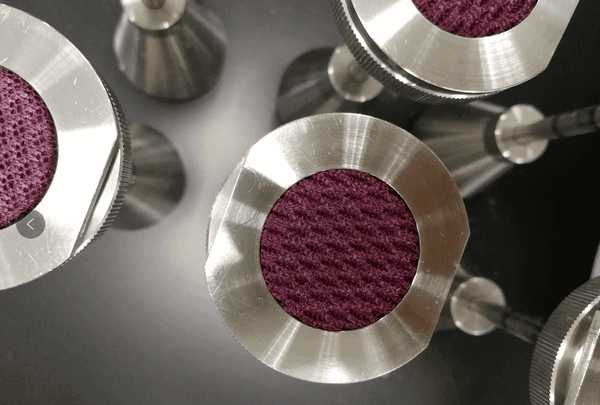- Qinsun Instruments Co., Ltd.
- Tell:+86-21-6780 0179
- Phone:+86-17740808215
- Address:No. 2578 Minhang District Gu Dai Road, Shanghai
- Contact:Mr. Li
- QQ:846490659
Selection of eddy current sensors

Eddy current sensors can measure the distance between the tested metal conductor and the probe surface in a static and dynamic non-contact, high linearity, and high resolution manner. It is a non-contact linearized measuring tool. Eddy current sensors can accurately measure the static and dynamic relative displacement changes between the measured object (which must be a metal conductor) and the probe end face.
1) Pay attention to the material of the tested object
Usually, eddy current displacement sensors can only be used to measure metal objects being measured. For non-metallic objects, do not consider using eddy current sensors from the beginning. Metal materials can be further divided into ferromagnetic and non-ferromagnetic materials. At present, mainstream international brands of eddy current displacement sensors, such as Germany's Miir and the United States' Kaman, require customers to inform the material of the tested object in advance when selecting eddy current displacement sensors. If it belongs to special materials, such as certain stainless steel, its magnetic properties may be between ferromagnetic and non-ferromagnetic materials, and it is necessary to perform one-on-one factory calibration on the sensor in advance. For eddy current sensor systems that have not been calibrated one-on-one with the tested material at the factory, if high accuracy is desired, the manufacturer can also be required to perform on-site calibration, but usually the accuracy level of factory calibration cannot be achieved.
2) Parameter selection
Many manufacturers offer multiple levels of eddy current displacement sensors for customers to choose from. The commonly used indicators for selecting eddy current sensors include sensor accuracy, which is also referred to as linearity, error, etc. It refers to the degree to which the measured value of the sensor deviates from the theoretical true value. This parameter directly reflects the accuracy of the measurement. The second parameter is resolution, which refers to the small displacement change required for the sensor to make a reading change. Usually, the resolution parameter value is smaller than the accuracy. The third one is measuring speed. Taking the German MidyNCDT3300 as an example, its measurement speed can reach 100kHz. The measurement speed directly determines whether the measurement can keep up with the speed of the measured object and whether it can fully reflect the entire process of displacement change. In situations where high measurement speed is required, vibration measurement is common. Of course, in addition, there are many parameters that can determine the performance of the sensor, including the pressure and temperature indicators it can withstand, the vibration and impact indicators it can withstand, and so on. Why choose the appropriate indicators? Because higher technical parameters necessarily mean an increase in the complexity and difficulty of the manufacturing process, and also inevitably result in higher prices. So when formulating measurement requirements, don't just imagine it out of thin air and ask for ultra-high measurement requirements. I have seen some sensors using units that often require measurement accuracy at the micrometer or even nanometer level, with extremely high measurement speeds. Is it really necessary to raise such high requirements?





